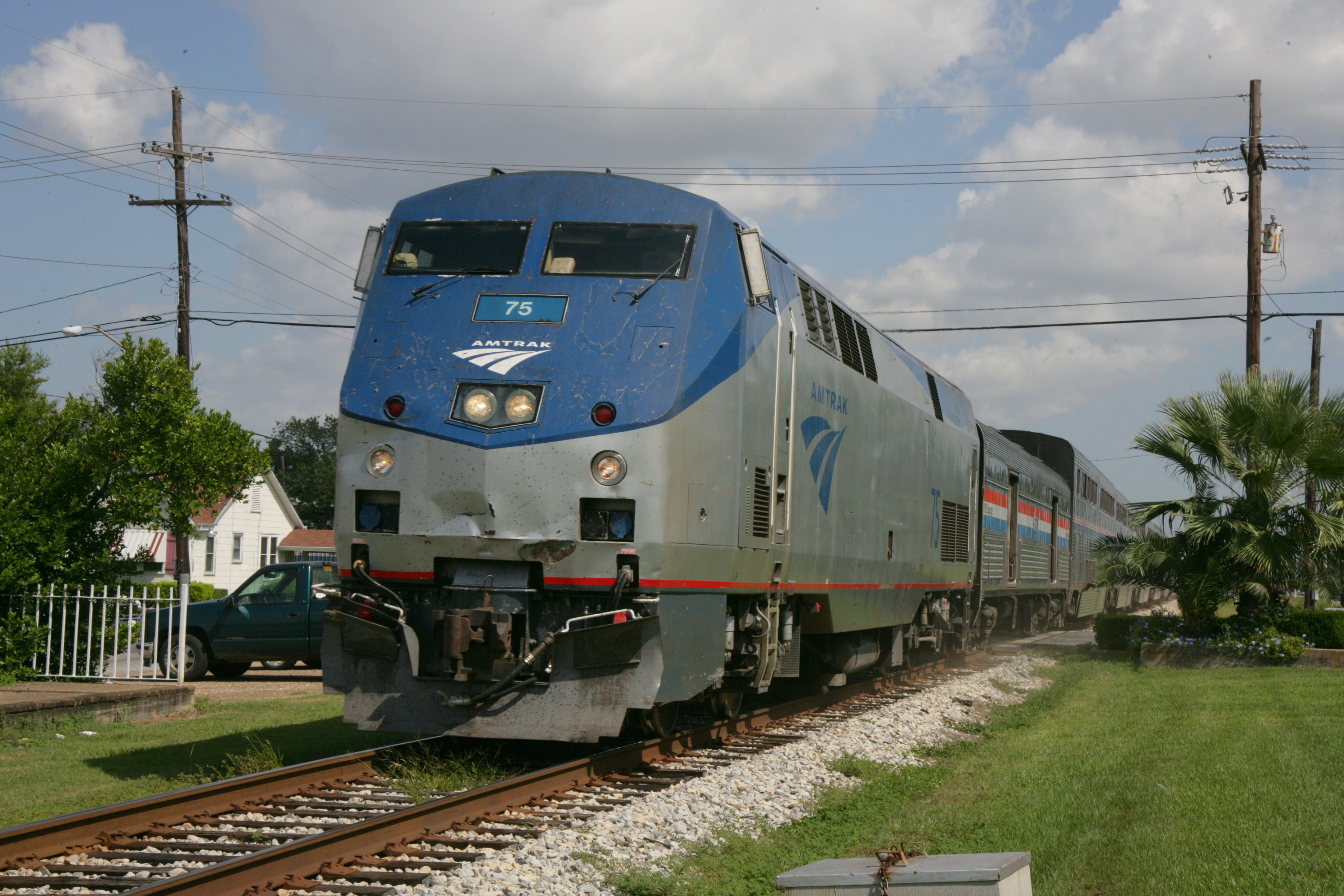
Other European countries pursued their own distinct designs. In the 1850s, trains continued to expand across Europe, with many influenced by or purchases of American locomotive designs. The other nations of Europe also took note of British railroad developments, and most countries on the continent constructed and opened their first railroads in the 1830s and 1840s, following the first run of a steam train in France in late 1829. The Union Pacific Big Boy locomotives represented the pinnacle of steam locomotive technology and power American railroad pioneers soon started manufacturing their own locomotives, designed to handle the sharper curves and rougher track typical of the country's railroads. News of the success of steam locomotives quickly reached the United States, where the first steam railroad opened in 1829. The success of this locomotive, and Stephenson's Rocket in 1829, convinced many of the value in steam locomotives, and within a decade the stock market bubble known as " Railway Mania" started across the United Kingdom. 1 on this 40-kilometer (25-mile) long line, hauling over 400 passengers at up to 13 kilometers per hour (8 mph). British engineer George Stephenson ran a steam locomotive named Locomotion No. Outside of coal mines, where fuel was readily available, steam locomotives remained untried until the opening of the Stockton and Darlington Railway in 1825. Following early developments in the second half of the 1700s, in 1804 a steam locomotive built by British inventor Richard Trevithick powered the first ever steam train. Starting in the 1500s, wagonways were introduced to haul material from mines from the 1790s, stronger iron rails were introduced. Trains are an evolution of wheeled wagons running on stone wagonways, the earliest of which were built by Babylon circa 2,200 BCE. Stockton and Darlington special inaugural train 1825: six wagons of coal, directors coach, then people in wagons Development of trains which use alternative fuels such as natural gas and hydrogen is another 21st century development. Experimental trains such as high speed maglevs, which use magnetic levitation to float above a guideway, are under development in the 2020s and offer higher speeds than even the fastest conventional trains. Monorails operate on a single rail, while funiculars and rack railways are uniquely designed to traverse steep slopes. While conventional trains operate on relatively flat tracks with two rails, a number of specialized trains exist which are significantly different in their mode of operation.

Freight trains remain important for the transport of bulk commodities such as coal and grain, as well as being a means of reducing road traffic congestion by freight trucks. Commuter rail has grown in importance since the 1970s as an alternative to congested highways and a means to promote development, as has light rail in the 21st century. High-speed rail, first built in the 1960s, has proven competitive with cars and planes over short to medium distances. Since the 1970s, governments, environmentalists, and train advocates have promoted increased use of trains due to their greater fuel efficiency and lower greenhouse gas emissions compared to other modes of land transport. The spread of buses led to the closure of many rapid transit and tram systems during this time as well. Following the development of cars, trucks, and extensive networks of highways which offered greater mobility, as well as faster airplanes, trains declined in importance and market share, and many rail lines were abandoned. Beginning in the 1920s, and accelerating following World War II, diesel and electric locomotives replaced steam as the means of motive power. Rapid transit and trams were first built in the late 1800s to transport large numbers of people in and around cities. Following the invention of the steam locomotive in the United Kingdom in 1804, trains rapidly spread around the world, allowing freight and passengers to move over land faster and cheaper than ever possible before. Trains have their roots in wagonways, which used railway tracks and were powered by horses or pulled by cables. Most trains operate on steel tracks with steel wheels, the low friction of which makes them more efficient than other forms of transport. Trains are designed to a certain gauge, or distance between rails. Passengers and cargo are carried in railroad cars, also known as wagons. Trains are typically pulled or pushed by locomotives (often known simply as "engines"), though some are self-propelled, such as multiple units.
Passenger train series#
A train (from Old French trahiner, from Latin trahere, "to pull, to draw" ) is a series of connected vehicles that run along a railway track and transport people or freight.


 0 kommentar(er)
0 kommentar(er)
